Curious about solar panels and how they work? Interested in the benefits of going solar, such as cost savings and energy independence?
Wondering what types of solar panels are available and how you can qualify for a solar grant?
This article covers everything you need to know about solar panels, including the different types, how to apply for a solar grant, and alternative options like solar loans and leases.
Dive in to learn more about the world of solar energy!
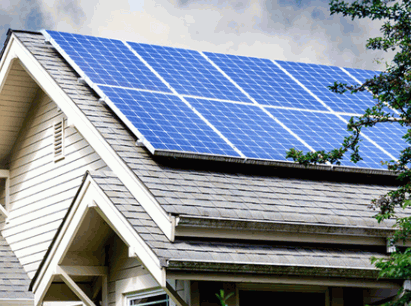
Contents
What Are Solar Panels?
Solar panels are devices that convert light from the sun into electrical energy, providing a renewable energy source that can be utilised for various residential and commercial applications.
Solar panels typically consist of photovoltaic cells made from semiconductor materials like silicon. When sunlight hits these cells, it creates an electric field that generates electricity. Beyond just the cells, solar panel systems include mounting hardware, inverters to convert the electricity, and wiring to connect to the electrical grid or store energy in batteries. The installation of solar panels on rooftops or in solar farms plays a crucial role in harnessing sustainable energy sources and reducing reliance on fossil fuels, thereby contributing to a greener environment.
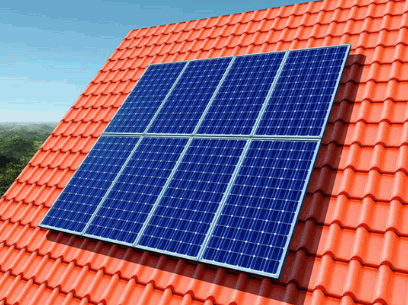
How Do Solar Panels Work?
Solar panels work by absorbing sunlight using photovoltaic cells to generate electricity, which can be stored in batteries or fed into the electrical grid for immediate use.
This process begins with the photovoltaic cells, which are made up of semiconductor materials that convert sunlight into direct current (DC) electricity.
The generated electricity then flows through inverters that convert the DC electricity into alternating current (AC) electricity, which is the type of electricity used in homes and businesses.
From there, the electricity can either be utilised immediately, stored in batteries, or sent back to the grid. Proper installation of solar panels and regular maintenance are crucial to ensure optimal energy conversion efficiency and longevity of the system.
Gain insights: How To Fix Solar Panels To Roof
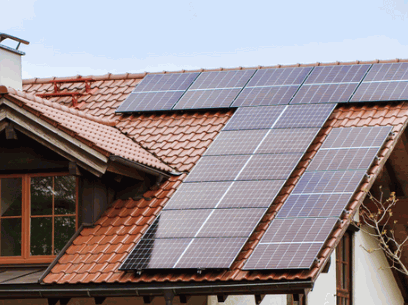
What Are The Benefits Of Installing Solar Panels?
Installing solar panels offers numerous benefits including cost savings, environmental advantages, and energy independence, making it a popular choice for homeowners looking to invest in energy-saving improvements.
Cost Savings
One of the primary benefits of installing solar panels is the significant reduction in energy bills, as homeowners can generate their own electricity and potentially sell excess energy back to the grid.
The initial investment in solar panels can eventually lead to substantial cost savings over time. While the upfront costs may seem significant, in the long run, the savings on electricity bills can offset and even exceed the initial expenses. It's like making an investment in your future financial well-being.
Obtaining accurate solar quotes is crucial in this process to ensure that you are getting the best deal possible and understanding the potential returns. Additionally, VAT exemptions on solar panel installations in many regions can further contribute to reducing the overall costs, making it a financially wise decision in the long term.
Environmental Benefits
Solar panels contribute to environmental sustainability by reducing carbon emissions and reliance on fossil fuels, making them a key component in the transition to renewable energy sources.
By utilizing the strength of the sun, solar panels generate electricity without emitting harmful greenhouse gases, unlike traditional energy sources like coal or natural gas. This reduction in emissions plays a crucial role in combating climate change and improving air quality. The widespread adoption of solar panels can greatly reduce the dependence on finite fossil fuels, helping to preserve these valuable resources for future generations.
Energy Independence
By generating their own electricity, homeowners can achieve a higher degree of energy independence, reducing their vulnerability to energy price fluctuations and power outages.
Embracing solar panels and solar batteries can revolutionise the way households manage their energy consumption. Not only do these systems offer a sustainable energy solution, but they also provide a means to store excess energy for later use, ensuring a continuous power supply even during non-sunny periods. This level of self-sufficiency not only saves money in the long run but also contributes to a greener environment. With the ability to harness the power of sunlight effectively, homeowners can rely on a consistent and reliable energy source, boosting their overall energy efficiency and peace of mind.
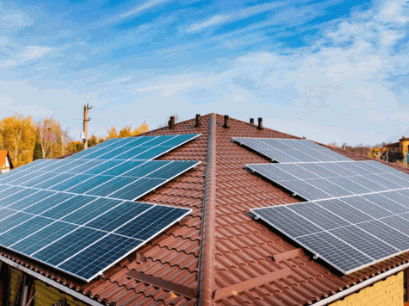
What Are The Different Types Of Solar Panels?
There are three main types of solar panels used in residential and commercial installations: Monocrystalline, Polycrystalline, and Thin-film, each with unique characteristics and efficiency levels.
Monocrystalline
Monocrystalline solar panels are known for their high efficiency and long lifespan, making them a popular choice for residential installations despite their higher cost.
One of the key advantages of monocrystalline solar panels is their efficiency, as they can convert sunlight into electricity at a high rate, making them ideal for situations where space is limited.
Their higher cost compared to other types of solar panels can be a drawback for some individuals or businesses looking to invest in solar energy systems.
Another benefit of monocrystalline panels is their sleek design, which makes them visually appealing and suitable for residential use without taking up too much space.
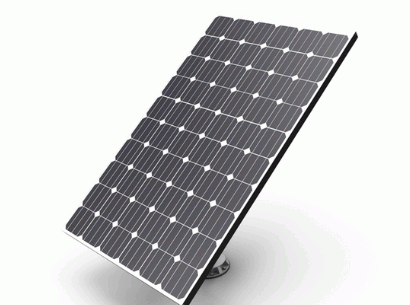
Polycrystalline
Polycrystalline solar panels are made from multiple silicon crystals and offer a more cost-effective solution compared to Monocrystalline panels, though they typically have a lower efficiency rate.
One of the key advantages of polycrystalline solar panels is their affordability, making them an attractive option for those looking to invest in solar energy without breaking the bank. The manufacturing process for these panels is simpler and requires less silicon compared to monocrystalline panels, helping to drive down costs.
The trade-off for this cost savings is a slightly lower efficiency rate. While polycrystalline panels may not convert sunlight into electricity as efficiently as monocrystalline panels, they still offer a reliable and effective energy solution for residential and commercial applications.
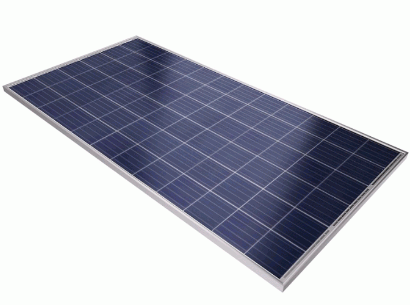
Thin-film
Thin-film solar panels are lightweight and flexible, making them suitable for a variety of applications, although they generally have lower efficiency compared to crystalline-based panels.
Despite their lower efficiency, thin-film solar panels offer unique advantages. Their flexibility allows them to be integrated into various surfaces, such as curved structures or flexible materials, expanding their use beyond traditional solar installations. This characteristic makes them ideal for applications where rigid, bulky panels may not be suitable, like on boats, vehicles, or portable devices.
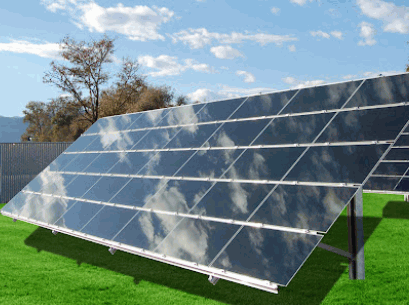
What Is A Solar Grant?
A solar grant is a form of financial assistance provided by the UK government or other organisations to help offset the cost of purchasing and installing solar panels, making renewable energy more accessible to a wider range of homeowners.
Solar grants are designed to encourage the adoption of sustainable energy practices and reduce dependency on traditional sources of power. By offering financial support, these grants aim to incentivise individuals to invest in environmentally-friendly solutions for their homes.
This funding covers a significant portion of the upfront expenses associated with solar panel installations, making it more feasible for homeowners to transition to solar energy. These grants often come with guidelines that ensure the systems meet certain quality and performance standards, promoting the long-term effectiveness of solar power technology.
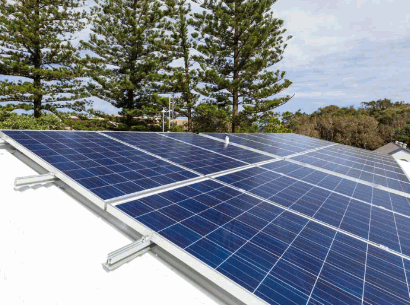
Who Can Qualify For A Solar Grant?
Eligibility for a solar grant typically depends on several factors such as household income, location, and the specific requirements of the granting organisation, aiming to support those who might need financial assistance the most.
Low-income Households
Low-income households can often qualify for solar grants through government schemes designed to make renewable energy more accessible and reduce energy bills for those with limited financial resources.
One such well-known programme is the Low-Income Home Energy Assistance Programme (LIHEAP), which provides financial assistance to help eligible households meet their energy needs. To qualify for LIHEAP, individuals must meet income guidelines set by the government and show a need for financial assistance with home energy costs.
Another example is the Weatherization Assistance Programme, which offers free services to improve the energy efficiency of homes belonging to low-income households. Eligible participants can benefit from services such as insulation installation, weather stripping, and efficient heating and cooling upgrades.
Non-profit Organisations
Non-profit organisations may also be eligible for solar grants, receiving funding to support their mission and reduce operational costs through renewable energy solutions.
These grants can enable non-profits to install solar panels on their facilities, harnessing clean energy and significantly cutting down electricity bills. Organisations can use the funds to implement energy-efficient practices, such as LED lighting or HVAC upgrades, further enhancing their sustainability efforts.
Some examples of successful grant recipients include environmental conservation groups, community centres, and educational institutions. By embracing solar energy, these organisations not only reduce their carbon footprint but also serve as role models for others in the sector.
Government Entities
Government entities can apply for solar grants to support large-scale renewable energy projects that benefit the public, reduce carbon emissions, and promote energy efficiency across communities.
These grants are typically facilitated by federal, state, or local agencies to incentivise the adoption of solar energy. For example, cities may receive funding to install solar panels on municipal buildings or develop solar farms to power public facilities. One successful initiative was the implementation of solar-powered streetlights in a town, reducing electricity costs and enhancing safety. Such projects not only contribute to community energy efficiency but also pave the way for sustainable practices that align with environmental goals.
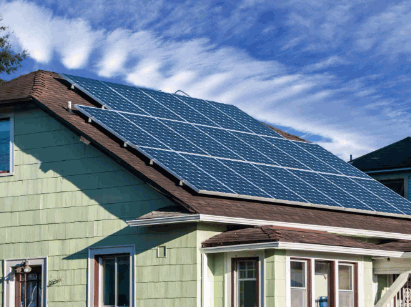
How To Apply For A Solar Grant?
Applying for a solar grant typically involves researching available grant programmes, gathering the necessary documentation, and submitting a detailed application that includes solar quotes and project plans. It is essential to explore the various solar grant programmes available, both at the government level and through private organisations. Check the eligibility criteria and application deadlines for each grant to determine the most suitable options.
Next, gather all the required documentation, which may include proof of property ownership, energy consumption data, quotes from solar installers, and project proposals detailing the scope and impact of the planned solar installation. Ensure that your application meets all the specific requirements set by the UK government or granting bodies, such as demonstrating the environmental benefits of your proposed solar project and providing a clear budget breakdown.
What Are The Requirements For A Solar Grant?
The requirements for a solar grant can vary depending on the specific programme, but generally include eligibility criteria such as income levels, property ownership, and an up-to-date Energy Performance Certificate (EPC).
Having a valid EPC is crucial for the approval of your grant application as it provides detailed information on the energy efficiency of your property. Plus the EPC, applicants may need to submit proof of residency, recent utility bills, and sometimes even quotes from approved solar panel suppliers.
Various solar grant programmes may have specific requirements related to the type of property, location, and the size of the solar system being installed. Some grants may also prioritise applications from low-income households or buildings with historical significance.
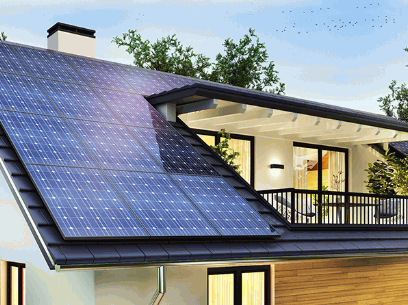
What Are The Alternatives To Solar Grants?
For those who might not qualify for solar grants, there are several alternatives such as solar loans, solar leases, and Power Purchase Agreements (PPAs) that can still make solar panel installation affordable.
Solar Loans
Solar loans provide homeowners with the necessary funding to purchase and install solar panels, allowing them to pay back the loan over time, often with favourable interest rates.
When considering a solar loan, one of the major benefits is the potential for long-term savings on electricity bills. By generating their own clean energy, homeowners can reduce their reliance on traditional power sources, leading to lower utility costs. Many financial institutions offer flexible repayment terms, making it easier for homeowners to manage their monthly budget while investing in renewable energy.
Compared to other funding options such as solar leases or power purchase agreements, solar loans provide homeowners with ownership of the solar panels and the ability to benefit from tax incentives and rebates. Some well-known financial institutions that offer competitive solar loan options include Wells Fargo, Mosaic, and Dividend Finance.
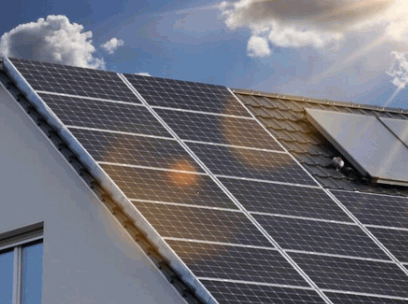
Solar Leases
Solar leases allow homeowners to rent solar panels from a provider, paying a monthly fee for the energy produced, which can be more affordable than outright purchasing the panels.
By opting for a solar lease, individuals can enjoy the benefits of renewable energy without the hefty upfront investment. The lower initial costs make solar energy accessible to a wider range of homeowners, providing an environmentally friendly power source that can help reduce electricity bills over time. With solar leases, the maintenance and monitoring of the system are typically taken care of by the leasing company, alleviating homeowners from the hassle of upkeep tasks.
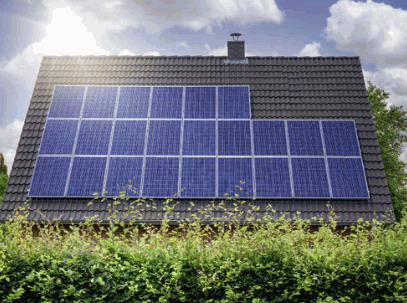
Power Purchase Agreements
A Power Purchase Agreement (PPA) involves a third-party company installing solar panels on a property and selling the generated solar energy to the homeowner at a fixed rate, often lower than the utility rate.
Through this arrangement, homeowners benefit from predictable energy costs over the long term, shielding them from the volatility of traditional utility prices. Since the upfront costs of installing the solar panels are typically covered by a third-party company, homeowners can enjoy the advantages of clean energy without a significant initial investment.
One of the key advantages of PPAs lies in the potential for substantial long-term savings. As utility rates continue to rise, homeowners locked into a fixed PPA rate can realise significant cost savings over the contract period.
It is important for homeowners to be aware of the contractual obligations associated with PPAs. These agreements often come with fixed terms and conditions that outline the responsibilities of both parties, ensuring a clear understanding of the ongoing commitments involved in procuring solar energy through a PPA.











